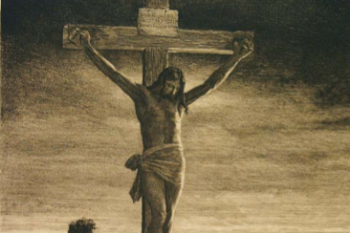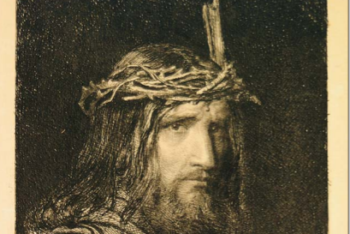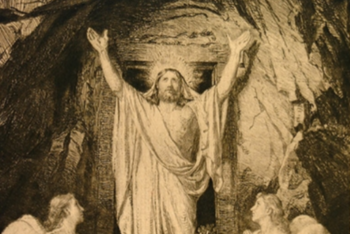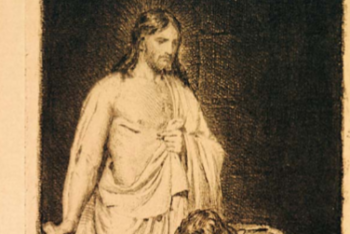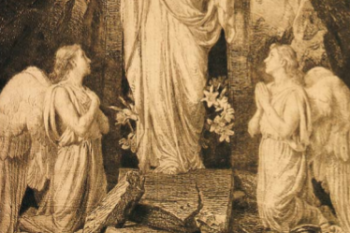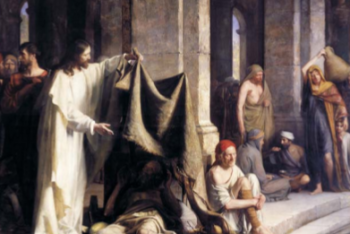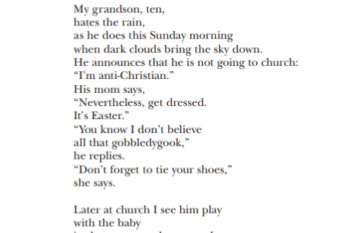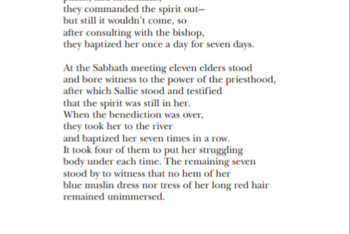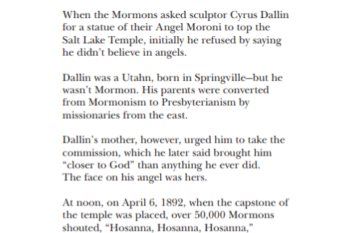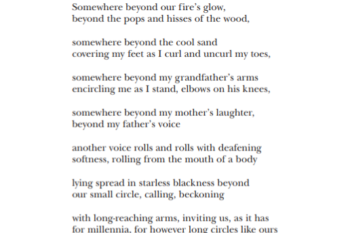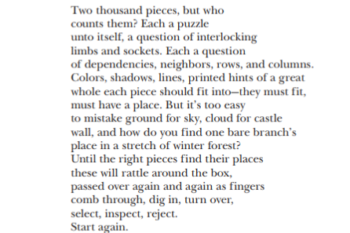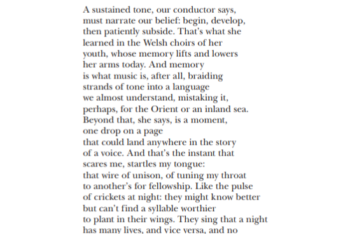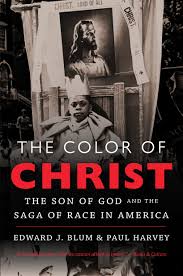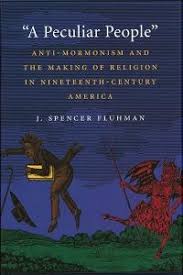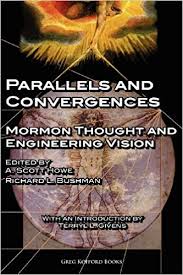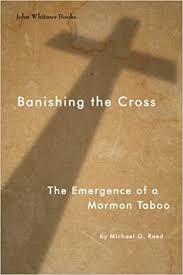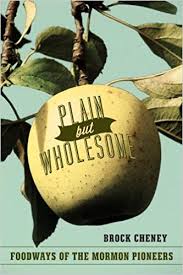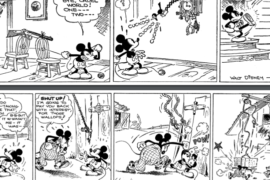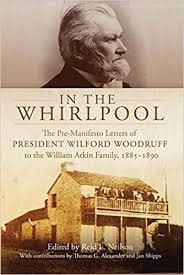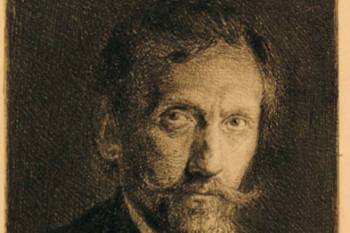Jesus and I were the only white people in the sanctuary. One summer, while outside Washington, D.C., on a college internship, I walked across the street to church. When I opened the door and went inside, I saw only black people—with one prominent exception: Above a side door, the church displayed a picture of Jesus. It was Warner Sallman’s Head of Christ. I wasn’t sure how church members felt about white visitors, but I didn’t think it appropriate to leave a church simply because of race. So I sat down. In this church, the deacons sat at the front and looked out at the congregation during the service. I wondered what they thought about a twenty-year-old white kid sitting in their church. It turns out they were extremely welcoming. I also wondered why a group of African American Baptists had a picture of a white Jesus.
Read more






